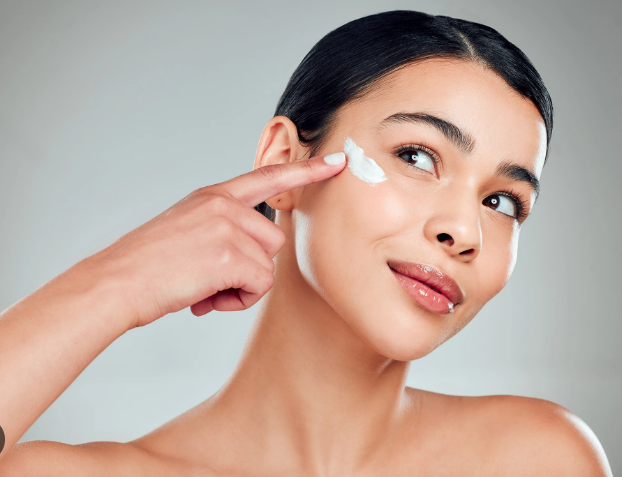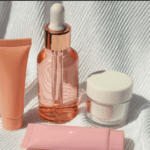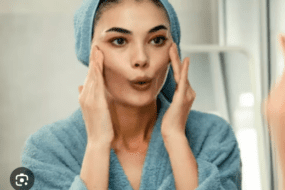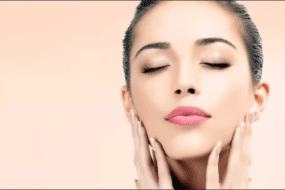
Introduction to UV Rays and Sun Protection
When it comes to enjoying the great outdoors, nothing quite compares to soaking up some sunshine. However, beneath that warm glow lies a hidden danger: ultraviolet (UV) rays. These invisible rays can wreak havoc on your skin health if you’re not careful. Whether you’re lounging by the pool or hiking through the woods, understanding sun protection is essential for maintaining healthy skin.
Many people underestimate the impact of UV exposure and often overlook simple protective measures. But did you know that just one sunburn can increase your risk of skin cancer later in life? It’s time to shed light on why sun protection should be a top priority in your skincare routine. Let’s dive into how UV rays affect your skin and discover effective strategies to keep it safe under that sunny sky!
When the sun shines bright, it’s hard to resist stepping outside. The warmth on your skin feels invigorating, and a bit of sunshine can lift your spirits. But lurking beneath that golden glow are ultraviolet (UV) rays—powerful forces that can wreak havoc on your skin health. Many people underestimate their effects, often thinking a little sun exposure is harmless. However, prolonged exposure to UV rays can lead to serious consequences like premature aging and even skin cancer.
Understanding how these invisible rays interact with our skin is essential for protecting yourself while enjoying the great outdoors. So grab your favorite sunscreen and let’s dive into why sun protection isn’t just an option; it’s a necessity!
The Dangers of UV Rays on Your Skin
UV rays are more than just a summer nuisance; they pose serious risks to your skin health. Prolonged exposure can lead to immediate effects like sunburn, leaving the skin red and painful. This is your body’s way of signaling damage.
But it doesn’t stop there. Chronic UV exposure accelerates aging, leading to wrinkles and age spots long before their time. The cumulative effect of these rays can weaken the skin’s elasticity and texture.
One of the most alarming dangers is the increased risk of skin cancer. Both UVA and UVB rays have been linked to various types of this disease, particularly melanoma, which can be deadly if not caught early.
Awareness is crucial in preventing these harmful effects. Understanding how UV radiation interacts with our skin empowers us to take protective measures seriously.
Common Misconceptions About Sun Protection
Many people believe that sunscreen is only necessary on sunny days. This isn’t true. UV rays can penetrate clouds and still cause skin damage, even when it’s overcast.
Another misconception is that darker skin doesn’t need sun protection. While melanin offers some natural defense, it doesn’t eliminate the risk of sunburn or long-term harm. Everyone needs to take precautions.
Some think a higher SPF means they can stay in the sun longer without reapplying. However, no sunscreen provides complete protection, regardless of its SPF rating. Regular reapplication every two hours is essential for effective coverage.
Many assume tanning oils are safe because they promote a bronzed look. These products often lack adequate UV protection and can lead to serious skin issues over time.
Understanding Sunscreen: SPF, UVA, and UVB
Sunscreen is your skin’s best friend when it comes to sun protection. But what do all those numbers and letters mean?
SPF, or Sun Protection Factor, indicates the level of protection against UVB rays, which are primarily responsible for sunburn. A higher SPF offers more protection, but it’s not just about the number.
UVA rays penetrate deeper into the skin and can cause long-term damage like aging and discoloration. They’re often overlooked in sunscreen labels but are equally important.
Broad-spectrum sunscreens shield against both UVA and UVB rays. This dual action is crucial for comprehensive skin health.
When choosing a sunscreen, look for products labeled as “broad-spectrum” with at least SPF 30 for effective daily use. Remember that no sunscreen blocks 100% of UV rays; reapplication every two hours is vital for maintaining protection throughout the day.
Best Practices for Sun Protection
Wearing sunscreen is essential. Choose a broad-spectrum product with at least SPF 30. Apply it generously and reapply every two hours, especially after swimming or sweating.
Clothing can be your best ally against UV rays. Wear long sleeves, wide-brimmed hats, and sunglasses that block UVA and UVB light. Fabrics with UPF ratings offer extra protection.
Seek shade whenever possible, particularly during peak sun hours from 10 AM to 4 PM. Trees, umbrellas, or even a beach cabana can provide relief from harsh sunlight.
Be mindful of reflective surfaces like water, sand, and concrete which intensify UV exposure. They can bounce rays back onto your skin even when you’re under an umbrella.
Remember to check the expiration date on your sunscreen too; old products may not work effectively in shielding you from harmful rays.
Other Ways to Protect Your Skin from UV Rays
Beyond sunscreen, there are several effective strategies to shield your skin from harmful UV rays. Wearing protective clothing is a smart choice. Opt for long sleeves, wide-brimmed hats, and sunglasses with UV protection to cover exposed areas.
Seek shade whenever possible, especially during peak sunlight hours. Trees, umbrellas, or canopies can significantly reduce your exposure while you enjoy outdoor activities.
Consider timing your outings wisely. Early mornings or late afternoons often present lower UV levels. Planning ahead ensures you soak up the sun safely.
Don’t underestimate the power of diet either. Foods rich in antioxidants—like berries and leafy greens—can enhance your skin’s resilience against environmental stressors.
Regular skin checks play an essential role in maintaining skin health. Monitoring changes helps catch any potential issues early on before they escalate into serious concerns.
Conclusion: Taking Care of Your Skin for a Healthier Future
Taking care of your skin is not just a seasonal routine; it’s an essential part of your overall health. Embracing sun protection should be a daily habit, regardless of the weather or time of year. Every step you take towards shielding your skin from harmful UV rays contributes to its longevity and vitality.
Invest in quality sunscreen that suits your skin type and ensure it becomes a staple in your morning regimen. Don’t forget to reapply, especially during extended outdoor activities. Incorporating protective clothing, wide-brimmed hats, and sunglasses adds another layer of defense against those invisible aggressors.
Healthy skincare goes beyond just prevention. Regular check-ups with a dermatologist can help catch any potential issues early on. Remember that protecting your skin today means investing in its future resilience and beauty.
As you navigate through life, prioritize sun safety alongside hydration and nutrition for holistic well-being. A little awareness goes a long way toward maintaining radiant, healthy skin for years ahead. Your future self will thank you for making these conscious choices now.






















